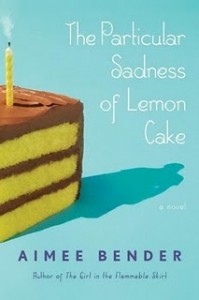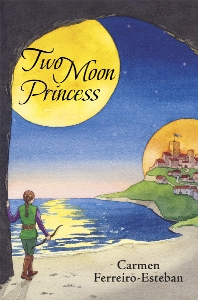This review contains affiliate links, which earn me a small commission when you click and purchase, at no extra cost to you. Thank you for supporting my small business and allowing me to continue providing you a reliable resource for clean book ratings.
Nina Kahn wants to be something other than what she is: a Pakistani girl in a smallish town in New York during the 1990s, at odds with her culture and with the American society she wants to be a part of. She’s the daughter of immigrants, and even though she’s grown up in America, she still feels that she’s on the fringe of her high school. It’s partially because her parents are fairly strict Muslims: Nina’s not allowed to date, or go to sleepovers, or even wear shorts, or even — perhaps most especially — shave. It doesn’t help that Nina finds the whole traditional Pakistani (or even Muslim) thing a bit off-putting; she doesn’t really speak Urdu that well, her best friends are white, and she likes the new guy at school, Asher, who’s half-Jewish and half-Italian.
The question is: where does she really belong?
It’s an interesting question, one that’s been explored in many venues, especially with children of recent immigrants. I’m not sure I’ve seen it with a Muslim family before, but there’s much that I’m sure could be substituted for East Asian or even Hispanic families: the desire of the parents to keep the language, the culture, and — in this case — the religion from their former country intact. Sometimes it’s successful, sometimes it’s not. There’s an element of racism: of trying and not quite succeeding in fitting in, of not quite being accepted fully by mainstream American society. It’s an interesting portrait; the religious element makes it stand out from other first-generation American stories, and Nina is a very likable character.
However, I really wanted something — anything — to happen. The book is very much a slice-of-life portrait: here’s Nina in school, here’s Nina obsessing over Asher, here are Nina’s friends doing teen things like having sex or getting smashed at parties while she watches TV at home with her parents, here’s Nina not quite fitting in with her parents’ Pakistani friends, here’s Nina learning to accept herself. But there was no real conflict, no real hook to hang the book on, nothing to make me really feel Nina’s discomfort and her inner conflict between what her parents want and what she wants.
There’s also a time disconnect: setting the book in the early 1990s distances it from something that’s still a very real issue for minority teens today. It feels modern enough, and perhaps setting the book 17 years in the past gives it a slightly more timeless feel (or maybe the author really just wanted to write, “Hey, you know that e-mail thing? I think it’s going to be big!” in her book), but it seemed awkward to me: it could have been just as easily set in current times, and perhaps that would have made it more effective.
Which is too bad, because it could have been a really interesting story.
Rated: Moderate (for young adults): there’s talk of teenage sex, though what sex there is happens way offstage. There’s one party and the main character gets drunk.
Click here to purchase your copy of Skunk Girl on Amazon.




